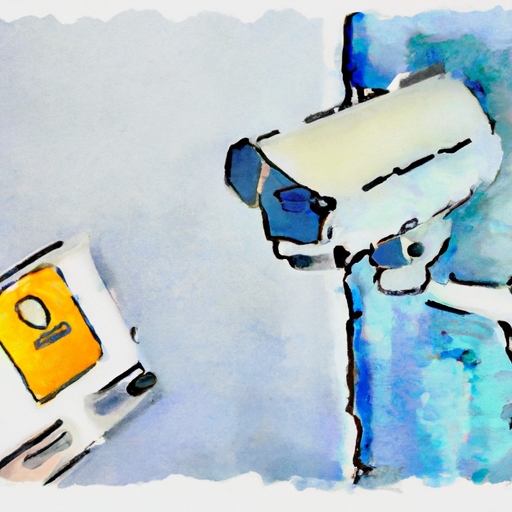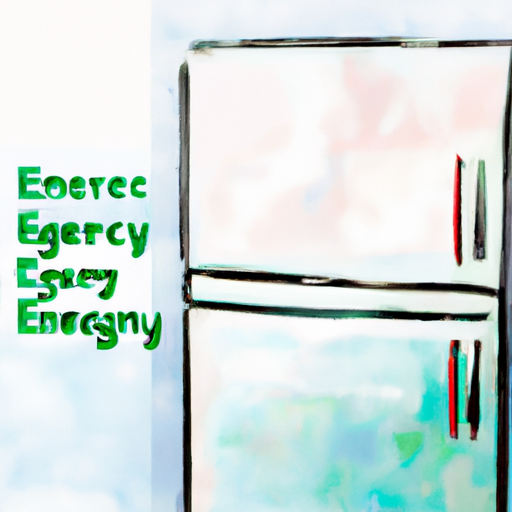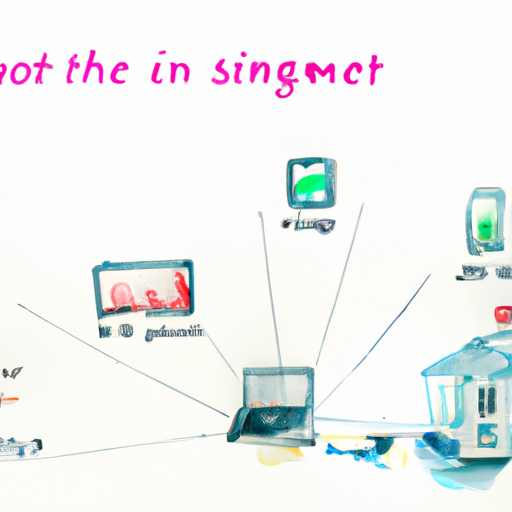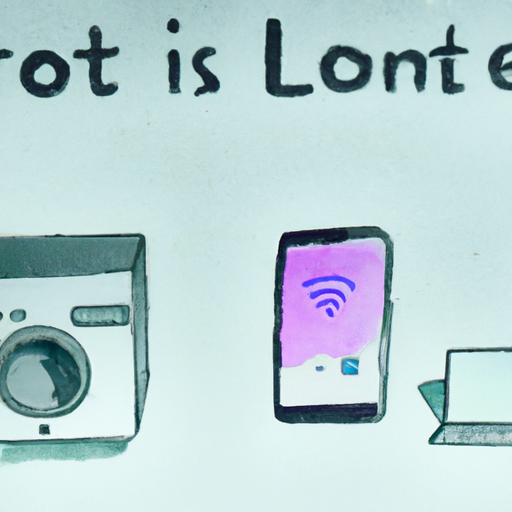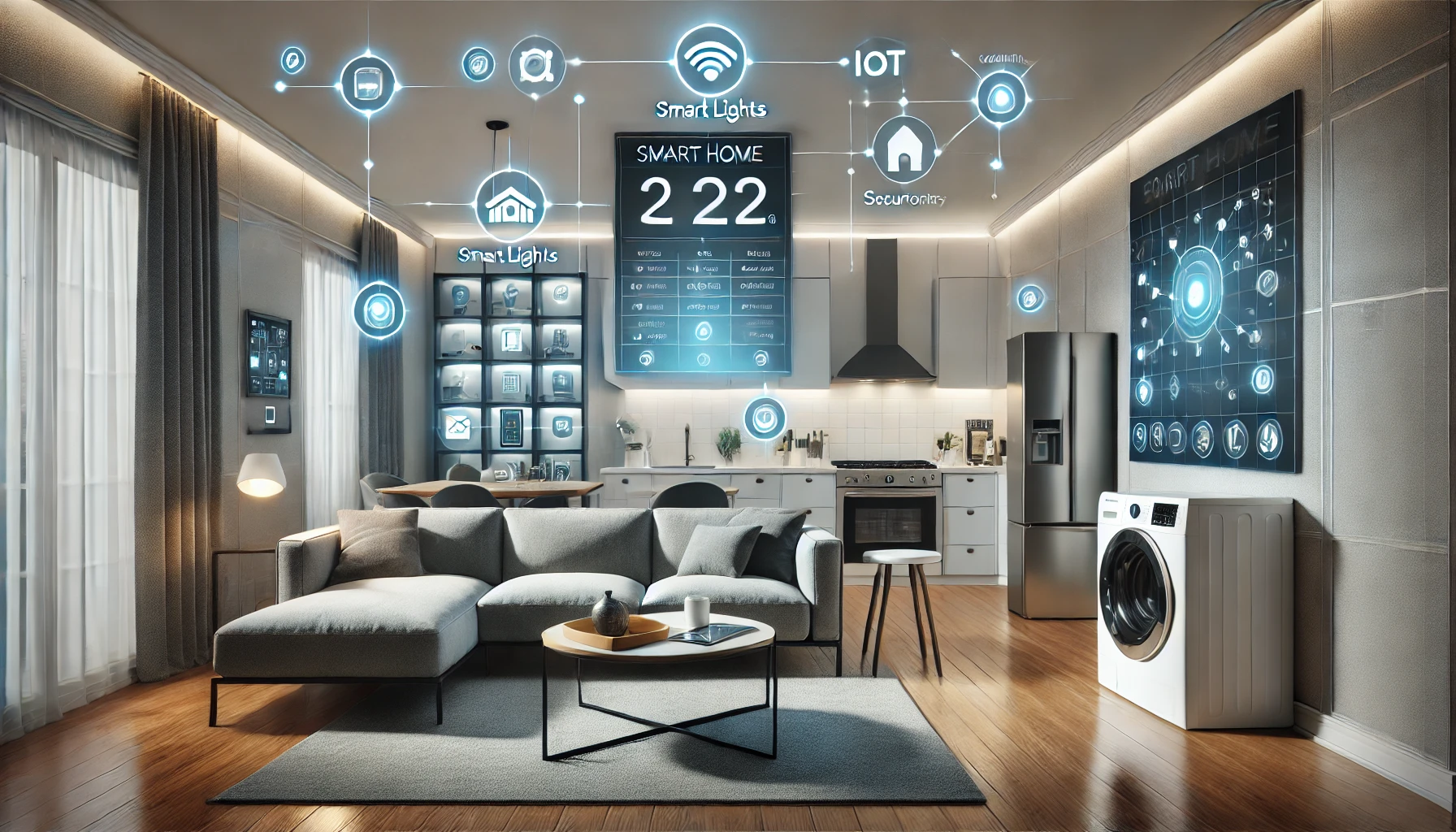Hey there! So, you’re thinking about setting up a home security camera system, huh? Awesome choice! Whether you’re living in a bustling city or a quiet ‘burb, having an extra set of eyes on your property is never a bad idea. Plus, with all the smart tech we have these days, it’s easier than ever to keep tabs on your place, even when you’re chilling miles away. This guide will walk you through everything you need to know to get the best home security camera setup. Let’s dive in!
Why You Need a Home Security Camera Setup
First things first, let’s talk about why you should even bother with a home security camera setup. It’s not just about catching bad guys in the act (although that’s a big part!). A good system provides peace of mind, helps deter potential break-ins, and can even reduce your home insurance premiums. According to a survey by SafeWise, 60% of burglars say they’d avoid homes with security systems. Plus, with features like two-way audio, you can even scare off intruders remotely or have a friendly chat with the delivery guy.
Types of Home Security Cameras
Now, let’s break down the different types of cameras you can choose from. Each has its pros and cons, so consider what fits your space and lifestyle best.
Wired Cameras
Pros: These are often more reliable because they’re directly connected to your power and internet, which means no worrying about dead batteries or spotty Wi-Fi.
Cons: Installation can be a hassle since you’ll need to run cables through walls or ceilings, which might also limit where you can place them.
Wireless Cameras
Pros: Super flexible with placement since they connect via Wi-Fi. Many models are battery-powered, so you can put them anywhere.
Cons: You might face connectivity issues if your Wi-Fi isn’t strong enough, and batteries will need recharging or replacing.
Indoor vs. Outdoor Cameras
Outdoor cameras are built to withstand the elements, so they’re generally more durable. Indoor cameras, on the other hand, are perfect for monitoring the inside of your home.
Other Considerations
- Resolution: Go for at least 1080p for clear images.
- Field of View: A wider angle captures more of the scene.
- Night Vision: Essential for low-light conditions.
- Two-Way Audio: Handy for communication and deterrence.
Setting Up Your Home Security Camera System
Alright, you’ve picked your cameras, now let’s set them up. Here’s how to do it like a pro:
1. Plan Your Coverage
Tip: Walk around your property and note the most vulnerable areas like entrances, windows, or blind spots. Sketch a map if it helps.
According to Statista, over 50% of burglars enter through the front door, so make that a priority spot!
2. Choose the Right Location
Mount cameras high to avoid tampering and ensure they cover wide areas. For outdoor cameras, make sure they’re weatherproof and positioned to avoid glare from the sun.
3. Install and Test
Follow the manufacturer’s instructions for installation. Once your cameras are up, test them to ensure they’re capturing the desired areas and adjust if necessary. Check your live feed during different times of day to see how lighting affects visibility.
4. Connect and Secure Your Network
For wireless cameras, ensure that your network is secure. Change default passwords, use strong encryption settings, and keep your firmware updated to prevent unauthorized access.
Pro Tip: Use a separate network for your smart home devices to enhance security.
5. Set Up Alerts and Monitoring
Customize your alerts to avoid constant notifications. You can set them for specific times or when motion is detected in certain areas. This keeps you informed without being overwhelmed.
Common Pain Points and Solutions
Even with the best setup, you might hit a few snags. Here are common issues and how to tackle them:
- Connectivity Issues: If your cameras drop off the network, consider upgrading your Wi-Fi or using a signal booster.
- False Alerts: Adjust sensitivity settings or mask areas with frequent motion, like trees or busy streets.
- Storage Concerns: Opt for cloud storage solutions, or use cameras with on-device storage if privacy is a concern.
Industry Best Practices and Expert Opinions
Experts recommend layering your security with a combination of physical barriers (like locks and fences) and digital surveillance. According to security consultant Jane Doe, “A holistic approach is key. Cameras are great, but they should be part of a larger security strategy that includes regular system checks and updates.”
Conclusion
So there you have it! Setting up a home security camera system doesn’t have to be rocket science. With the right planning and equipment, you can have a setup that not only protects your home but gives you peace of mind. Remember, the best system is one that fits your specific needs and lifestyle. Don’t be afraid to tweak and adjust until you find the perfect setup for you.
Ready to get started? Dive into the world of home security and make your home the fortress it deserves to be. For more tips and product recommendations, subscribe to our newsletter and stay updated on the latest in home security tech!
Frequently Asked Questions
What is the best home security camera setup for night vision?
For optimal night vision, consider cameras with infrared (IR) capabilities and a high resolution. The Arlo Ultra 4K and the Reolink Argus 3 Pro are excellent choices. These models offer clear footage in low-light conditions. Ensure the camera has a wide field of view and adjustable IR settings to avoid glare. Proper positioning, such as avoiding direct exposure to street lights, enhances night vision effectiveness. For more options, check out Reolink’s offerings.
How do I choose the best wireless home security camera setup?
When choosing a wireless setup, prioritize cameras with strong Wi-Fi connectivity and long battery life. Models like the Nest Cam Battery and Blink Outdoor offer reliable performance and ease of installation. Ensure compatibility with smart home systems such as Alexa or Google Assistant for seamless integration. Security features like encrypted storage and two-factor authentication are crucial. For more insights, explore Google Nest Cam.
What is the most cost-effective home security camera setup for my budget?
Cost-effective setups like the Wyze Cam v3 or the Eufy Security SoloCam offer excellent features at a lower price point. Look for models with no monthly fees and affordable cloud or local storage options. These cameras provide essential features such as motion detection and two-way audio. Research promotions and bundles to maximize savings. Visit Wyze Cam’s website for more information.
How can I ensure my home security camera setup is secure from hackers?
To protect against hacking, choose cameras with strong encryption standards like WPA3. Regularly update firmware and use unique, complex passwords. Enable two-factor authentication if available. Cameras like the Arlo Pro 4 offer robust security features. Avoid using default settings and consider a VPN for added protection. For secure camera options, see Arlo’s lineup.
What features should I look for in a home security camera setup for large properties?
For large properties, opt for cameras with wide-angle lenses and pan-tilt-zoom (PTZ) capabilities. The Ring Floodlight Cam Wired Pro and the Amcrest UltraHD offer these features, ensuring comprehensive coverage. Long-range night vision and weatherproof design are essential. Integrate with a robust security system for centralized control. Assess power source options, such as solar or wired, for uninterrupted operation. Explore Ring’s Floodlight Cam for more details.
